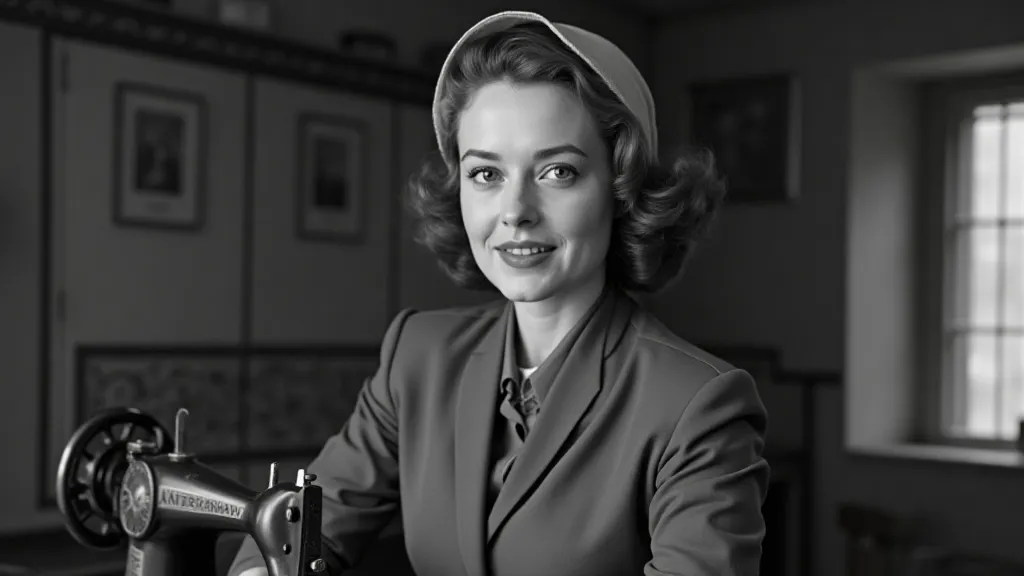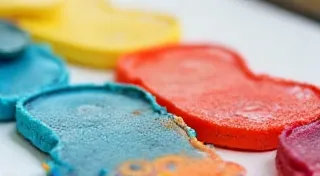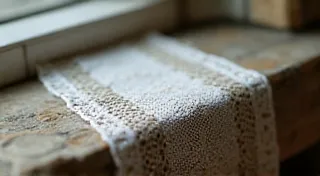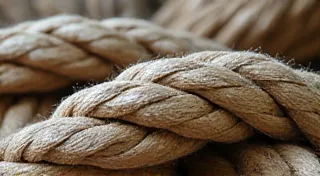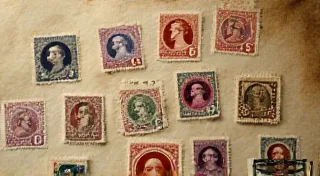The Threads of Resilience: Fashion and Female Empowerment in the 1940s
The 1940s. A decade etched in history by war, sacrifice, and a quiet revolution. While headlines screamed of battles and rationing, a more subtle transformation was unfolding within the closets and sewing rooms of women across the globe. It was a time when necessity truly became the mother of invention, not just in industry, but in fashion. This wasn't about frivolous trends; it was about survival, practicality, and, unexpectedly, a profound statement of female strength and independence woven into every seam.
My grandmother, Elsie, was one of those women. I remember, as a child, sitting at her feet, mesmerized, watching her transform lengths of fabric into beautifully practical garments. She rarely spoke about the war directly, but I could sense a deep, underlying determination in her movements, a quiet pride in her ability to create something lasting from seemingly nothing. Her sewing machine, a sturdy Singer from the 1930s, was more than a machine; it was a symbol of her agency, her ability to provide for her family during a time of immense uncertainty. Looking at vintage sewing patterns from the era, one feels a palpable sense of shared purpose – a collective effort to keep families clothed and spirits high.
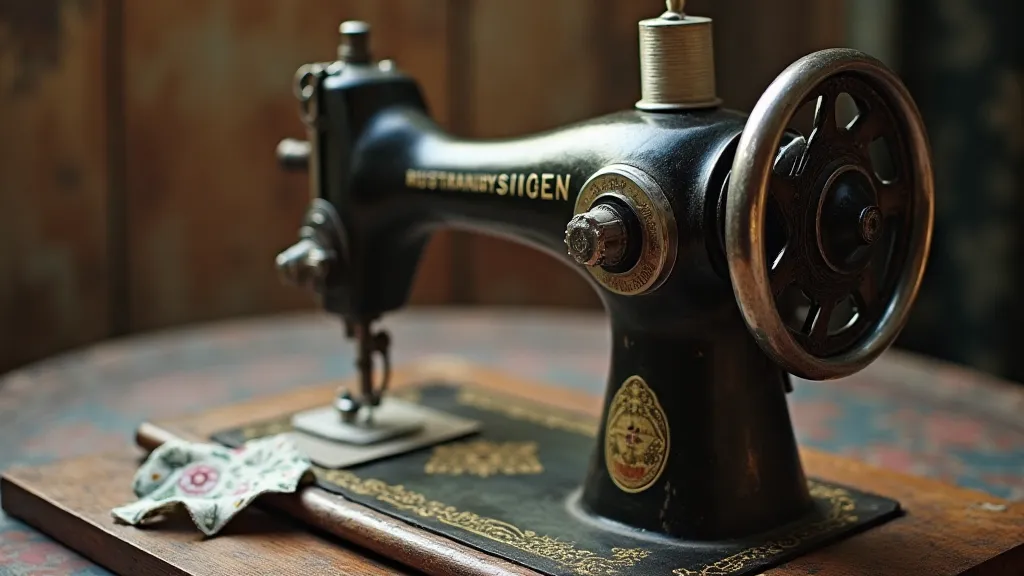
The Constraints of War and the Rise of "Make Do and Mend"
The early 1940s were defined by extreme material rationing. Silk, nylon, and other luxurious fabrics became unavailable for civilian use, diverted to the war effort. The British government launched the "Make Do and Mend" campaign, encouraging women to repair, repurpose, and create their own clothing. It wasn't simply about thrift; it was a patriotic duty. This shift drastically impacted fashion design. Elaborate embellishments, figure-hugging silhouettes, and the reliance on delicate fabrics were simply unsustainable.
The iconic silhouette of the 1940s—the broadly shouldered, nipped-in-waist, and gently flared skirt—was born from this necessity. Designers had to work with what was available: sturdy cottons, wools, and rayons. Simplicity became elegance. Patterns were streamlined, prioritizing functionality and ease of construction. The focus moved from ostentatious displays of wealth to understated practicality. While earlier decades celebrated frivolity and fleeting trends, the 1940s cultivated a fashion born of resilience.
Women Stepping into New Roles
The war years also saw a dramatic shift in women's roles. With men away at war, women filled the workforce, taking on jobs previously considered exclusively male. They became welders, mechanics, farmers, and factory workers. This newfound independence demanded clothing that was both durable and functional. Long, flowing skirts were impractical for operating machinery; tailored trousers and sturdy dresses became the norm. The “Rosie the Riveter” archetype, and similar figures across nations, weren’t just about physical strength; they embodied a shift in societal expectations, and their clothing reflected that.
Vintage sewing patterns from the 1940s often included instructions for workwear, like overalls and sturdy shirts, alongside the more traditional dresses and skirts. The design features were simple – large pockets for carrying tools, reinforced seams, and durable fabrics. It was fashion designed for action, for contributing to the war effort, and for taking control of one’s own life.
The Enduring Appeal of 1940s Style
The influence of the 1940s extends far beyond its historical context. There's a timeless appeal to the era's style - a sense of grace, strength, and understated elegance. The silhouettes are flattering on a wide range of body types. The fabrics, while sometimes challenging to source, offer a beautiful texture and drape. And the patterns themselves, even those intended for practicality, are often surprisingly beautiful, reflecting the ingenuity and creativity of the designers.
Restoring or collecting vintage 1940s sewing patterns is a wonderfully rewarding experience. Many patterns are printed on tissue paper, incredibly fragile and prone to damage. Careful handling and storage are essential. There are numerous online resources and forums dedicated to vintage sewing pattern restoration. It's a skill that combines historical appreciation with practical craftmanship. Even a small tear repaired carefully can connect you to the woman who originally used the pattern – perhaps a woman like my grandmother, facing her own challenges with grace and determination.
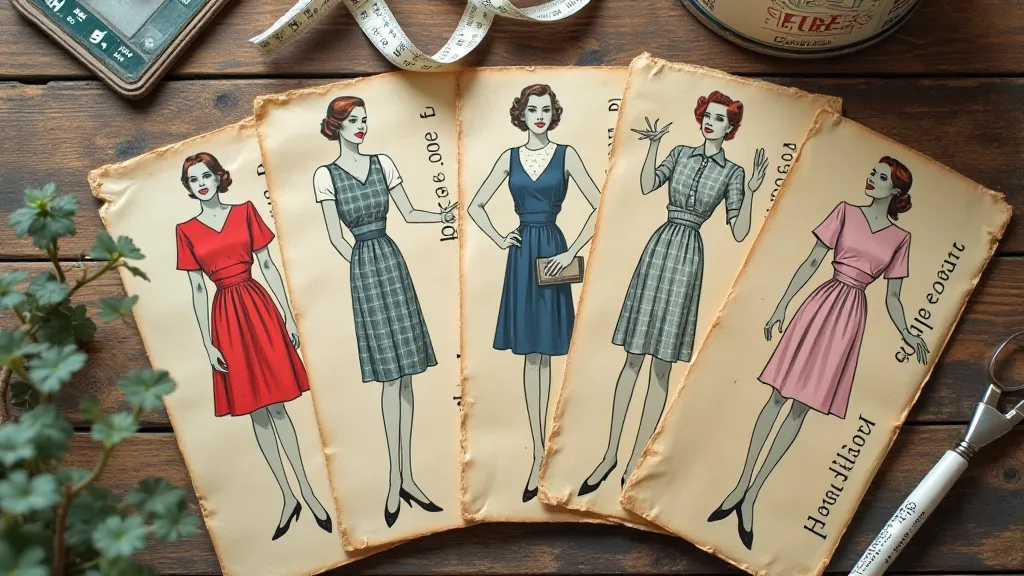
The Legacy of Resourcefulness and Empowerment
The 1940s were more than just a decade of war and rationing. They were a time of profound social and cultural change, reflected in the evolution of fashion. The constraints of the era sparked a wave of innovation and resourcefulness, leading to a new aesthetic that celebrated female strength and independence. These vintage sewing patterns are not simply pieces of paper; they are tangible links to a generation of women who faced extraordinary challenges with resilience and creativity. They are a reminder that true style isn't about extravagance; it's about resourcefulness, practicality, and a quiet confidence that shines from within.
Looking at these patterns today, one can appreciate not only the beauty of the designs but also the spirit of the women who created and wore them. It's a legacy of empowerment, sewn into every stitch, a testament to the enduring power of fashion as a form of self-expression and a symbol of strength.
